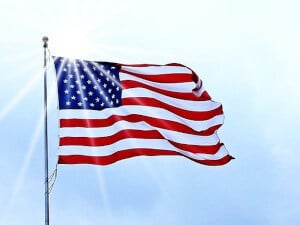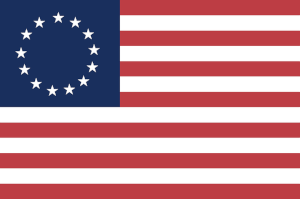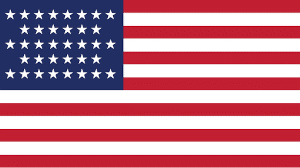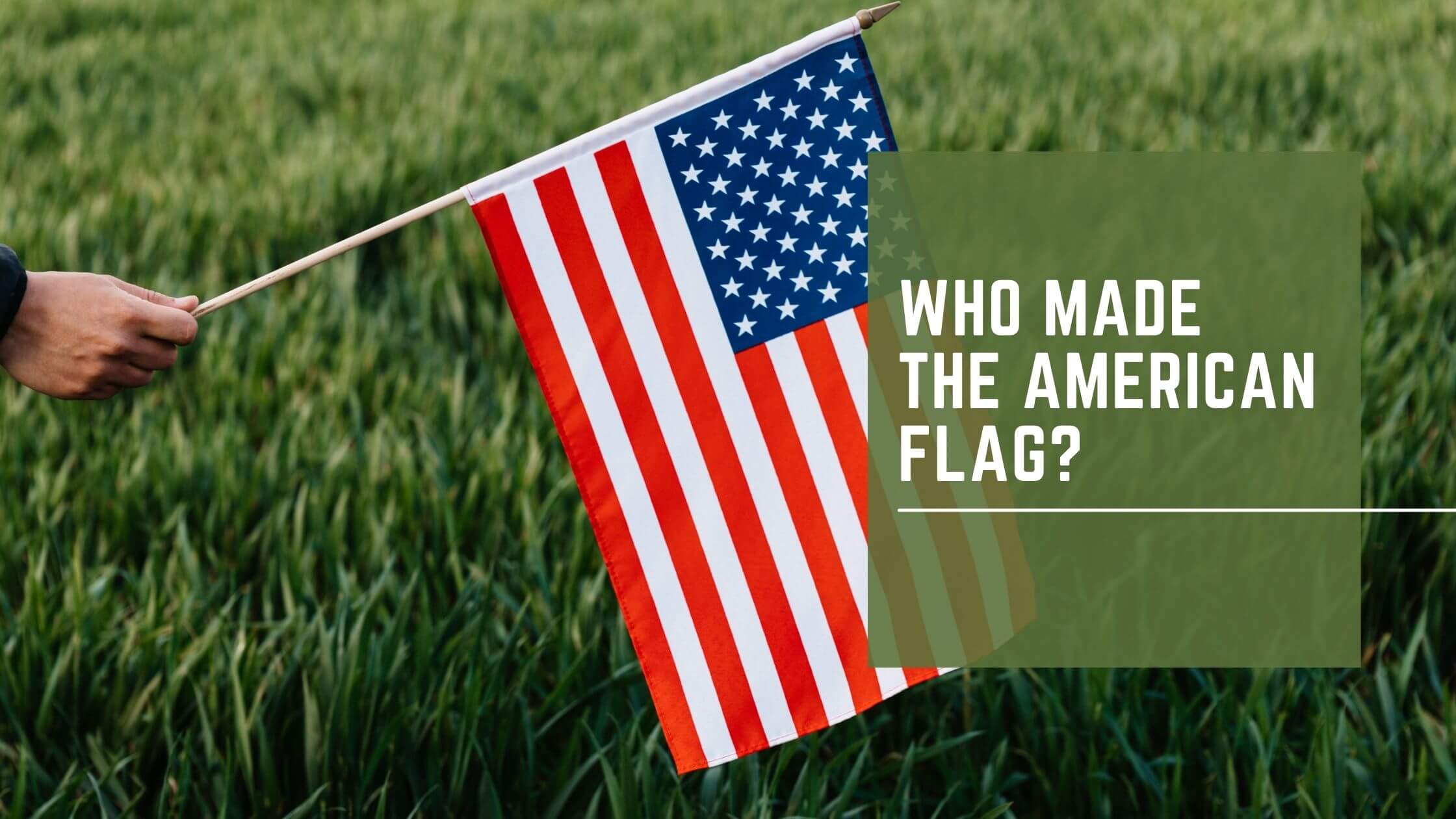Table of Contents
ToggleThe question of who made the American flag sounds like a simple one to answer until you consider the fact that there have been 27 flag designs since 1777. The design has evolved through necessity, and various designers can make their claims. But, two names stand out.
Who made the American flag?
The answer to this depends on which flag you are talking about. There have been many flags in the history of the United States, as the design adapted to represent all states within the Union. The original Star Spangled Banner came after the Betsy Ross – named after the woman credited with designing the first flag. Today, we use a design created by a teenager in 1958 named Robert G. Heft.

The Need for a New Flag in 1777
The first flag of the United States was officially flown in the year following the Declaration of Independence in 1777. The country needed something they could use that better represented their status during the American Revolution and was a long way from other British-influenced flags. Previously, citizens would have seen the Union Jack – the current British flag – flying on government buildings. There was also a Grand Union flag with the 13 stripes and the Union Jack in the corner.
Did Betsy Ross Design the Flag of the United States?
The common belief is that Betsy Ross created the design for the first flag of the United States. After all, this original design is still referred to as the Betsy Ross flag. Betsy’s influence is significant because she wasn’t just given the task of turning a design into a flag. She made important changes to the original draft of 13 stars and 13 stripes, where she switched from 6-pointed stars to 5-pointed ones and arranged them in a circle.

The problem with this claim is that there isn’t any sort of documentation in place that definitively places Betsy Ross in that role. There is a lot of supporting circumstantial evidence, though, such as the fact that she had made flags previously. Also, she could well have known George Washington during the Revolutionary War, as claimed, as they are said to have attended the same church. Furthermore, she was distantly related to one of the men that signed the Declaration of Independence.
A lot of important jobs at that time in American history were given to associates without official documentation or receipts for work carried out. This is seen in the difficulties authenticating the scribe of the United States Constitution. Obtaining work like this was all about who you knew. But, there are other contenders, such as Francis Hopkinson.
Francis Hopkinson was another signatory of the Declaration who once sought payment for his flag design but was denied. The denial states that he was not the only one consulted, which suggests Betsy Ross was chosen over him.
Changes to the Flag Over Time
The stars and stripes on the American flag are deeply symbolic. The stripes represent the 13 original colonies, while there is one star for each of the states of America. This meant that the ring of 13 stars on the Betsy Ross flag was soon out of date. A new flag was created in 1794 to acknowledge Vermont and Kentucky as new states, and the stars were arranged in rows for the first time. This is what is known as the Star Spangled Banner.
Since 1777, the flag has adapted to reflect changes to the nation, and new versions can be seen at various points in history. For example, you will notice that the one flown in photographs from the Second World War is not the same as the one flown today. There were many versions around during the Civil War with conflicting numbers of stars, although the 34-star flag was the most common. Today’s flag is the 27th version and may not be the last in American history.
Over the centuries, the design of the American flag hasn’t changed too much. The Betsy Ross is one of the most interesting, with the circle as the rest tend to have straight rows. The exception is the star made of stars, which surprisingly didn’t come back into fashion. There are minor changes in the alignment of the stars to allow for something visually appealing and even. The designs have also mostly stuck with the 5-point stars Ross devised.
The Design of the Modern American Flag
The United States flag that we use today was adopted in 1960 to recognize the admittance of both Hawaii and Alaska as states. The story behind the flag’s creation is one that you might not expect. The design came from a high school student in Ohio named Robert G. Heft.

In 1958, when President Eisenhower was in office, Robert’s class was given the task of designing a new national flag that would reflect the new states. The teacher wasn’t impressed with Robert’s work, saying the alternating horizontal rows of stars lacked originality when compared with previous flags. However, he did say that he would raise the grade if Robert could get the flag accepted as the new national design. Impressively, Robert’s design was passed on by his local congressman and approved for use on Independence Day in 1960.

Get Smarter on US News, History, and the Constitution
Join the thousands of fellow patriots who rely on our 5-minute newsletter to stay informed on the key events and trends that shaped our nation's past and continue to shape its present.
A Flag for the 51st State
Of course, the may come a time when the design of the American flag needs to change again. There is the possibility that an American territory, such as Puerto Rico, will become a state, and the 50 star flag will then need 51 stars to cover that fact. If and when that happens, Robert G. Heft has us covered. We won’t need to go for another school competition because he has a flag design on standby. Sadly, Heft died in 2009, so will not get to see his other design adopted.
There are lots of designers that we need to credit with the creation of the American flag. We can give a lot of that praise to Betsy Ross for coming up with the 5-point stars and the first flag, but we also can’t forget Robert G. Heft and the influence of the flag that has flown for the past 60 years.











